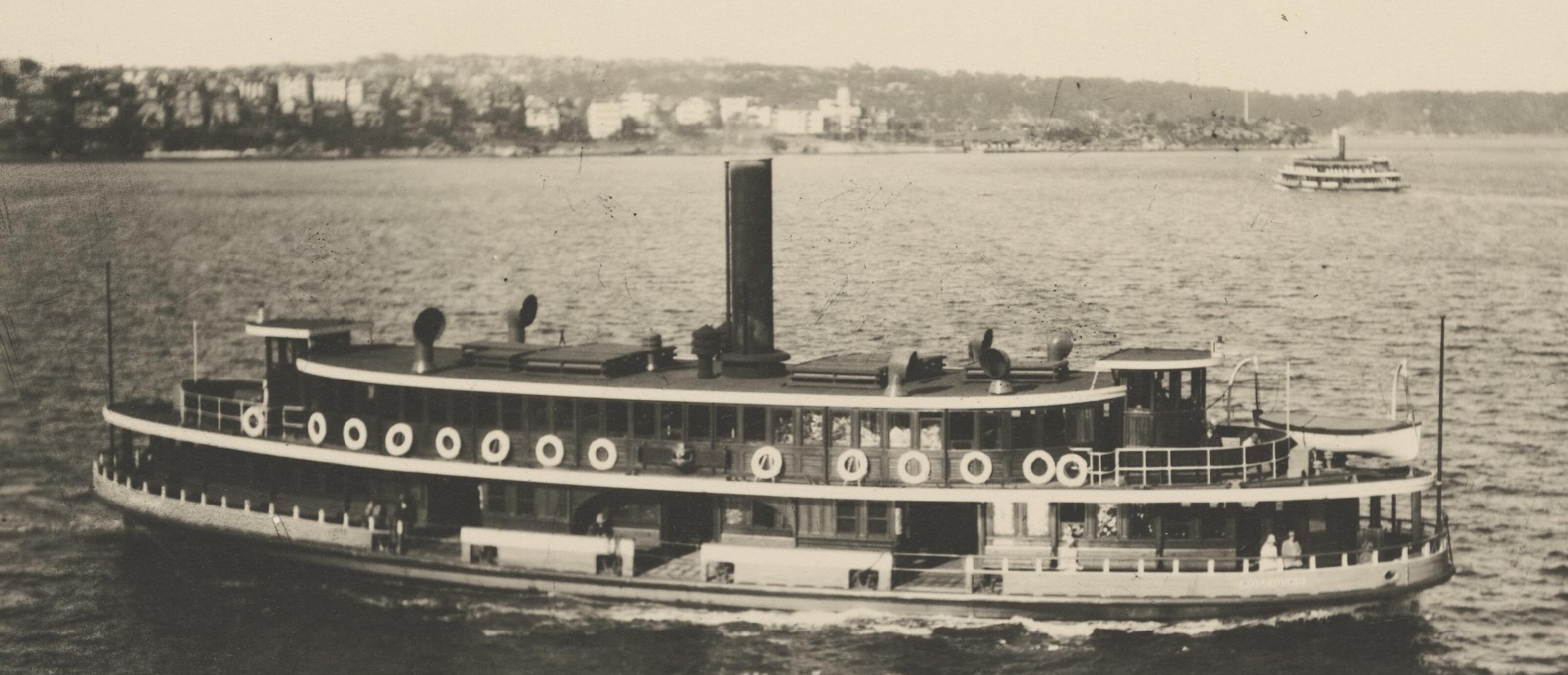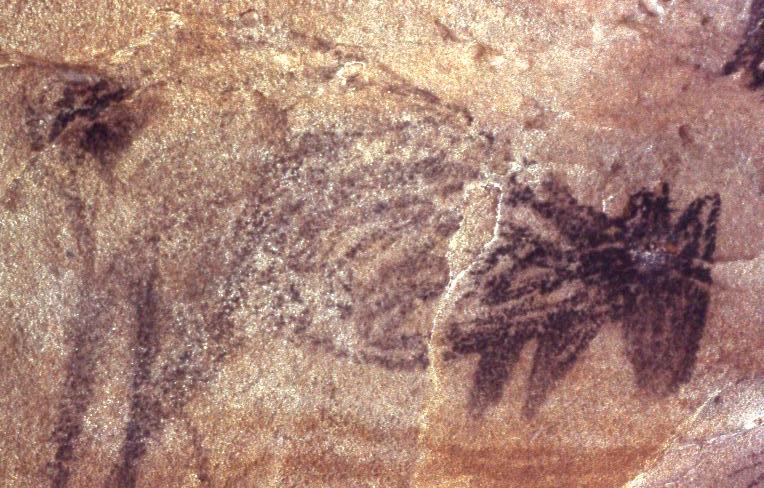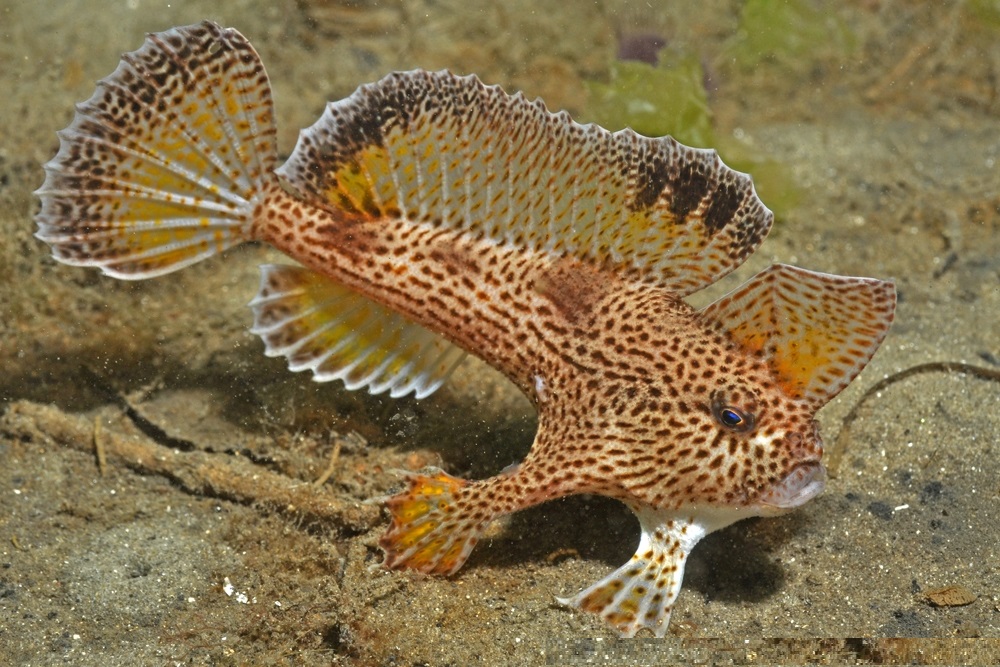|
Kosciusko (ferry)
''Kosciusko'' was a " K-class" ferry on Sydney Harbour. Launched in 1911, the timber-hulled steamer was built for Sydney Ferries Limited during the boom in cross-harbour ferry travel prior to the opening of the Sydney Harbour Bridge. ''Kosciusko'' was converted to diesel propulsion in the 1950s and served on Sydney Harbour until 1975 when she was sent to Hobart to assist following the collapse of the Tasman bridge. She was burnt out in 1982. Background Intended for the Mosman run, ''Kosciusko'' was built for Sydney Ferries Limited during the early twentieth century boom in cross-Harbour travel prior to the 1932 opening of the Sydney Harbour Bridge. At the time, the company ran one of the largest ferry fleets in the world. The ferry was part of broader type of around 20 double-ended timber screw ferries the Sydney K-class ferries that the company commissioned between the 1890s and early 1920s to meet the booming demand. While ''Kosciusko'' followed the Sydney Ferri ... [...More Info...] [...Related Items...] OR: [Wikipedia] [Google] [Baidu] |
Circular Quay
Circular Quay is a harbour, former working port and now international passenger shipping port, public piazza and tourism precinct, heritage area, and transport node located in Sydney, New South Wales, Australia on the northern edge of the Sydney central business district on Sydney Cove, between Bennelong Point and The Rocks. It is part of the local government area of the City of Sydney. The Circular Quay area is a popular neighbourhood for tourism and consists of walkways, pedestrian malls, parks and restaurants. It hosts a number of ferry quays, bus stops, and a railway station. Often referred to as the "gateway to Sydney", the precinct has views of the Sydney Harbour Bridge and the Sydney Opera House and is a common location for viewing Sydney New Year's Eve fireworks. History Indigenous history The Aboriginal name for Circular Quay is ''Warrung'', meaning "Little Child". The first people to occupy the area now known as Sydney were Aboriginal Australians. Radiocarb ... [...More Info...] [...Related Items...] OR: [Wikipedia] [Google] [Baidu] |
Karingal And Karrabee
''Karrabee'' was a ferry operated by Sydney Ferries Limited and its NSW State Government operated successors on Sydney Harbour from 1913 until 1984. A wooden ferry built at the time of Sydney Ferries' rapid early twentieth century, she and near "sister", '' Karingal'', were the smallest of the fleet of round-end "K-class ferries". The ferries were built as coal-fired steamer and were converted to diesel in the 1930s. Unlike many early twentieth century Sydney Ferries, they survived the opening of the Sydney Harbour Bridge in the 1930s, and the State Government takeover in 1951. ''Karrabee'' sank at Circular Quay after taking on water during the Great Ferry Race in 1984 - an incident that received extensive media coverage - and did not return to service. The three remaining old wooden ferries were taken out of service shortly after ''Karrabee's'' sinking. In service for 71 years, she was among the longest-serving ferries on Sydney Harbour, and after use in Gosford as a floating r ... [...More Info...] [...Related Items...] OR: [Wikipedia] [Google] [Baidu] |
The Evening News (Sydney)
''The Evening News'' was the first evening newspaper published in Sydney, New South Wales, Australia. It was published from 29 July 1867 to 21 March 1931. The Sunday edition was published as the ''Sunday News''. History ''The Evening News'' was founded in 1867 by Samuel Bennett and was regarded as a "less serious read" than other Sydney newspapers. In 1875 labour difficulties forced Bennett to merge ''The Evening News'' with another of his papers, '' The Empire''. ''The Evening News'' continued to be published until 1931 at which point it was closed by Associated Newspapers, who had acquired most Sydney newspaper titles by that time. A Sunday morning edition was published as ''Sunday News'' from 1919-1930. Digitisation The paper has been digitised as part of the Australian Newspapers Digitisation Program project of the National Library of Australia The National Library of Australia (NLA), formerly the Commonwealth National Library and Commonwealth Parliament Library ... [...More Info...] [...Related Items...] OR: [Wikipedia] [Google] [Baidu] |
Bennelong Point
Bennelong Point, a former island in Sydney Harbour, is a headland that, since the 1970s is the location of the Sydney Opera House in Sydney, New South Wales, Australia. History Bennelong Point is known to the local Gadigal people of the Eora nation as ''Dubbagullee''. The point was originally a small tidal island, Bennelong Island, that largely consisted of rocks with a small beach on the western side. The island was located on the tip of the eastern arm of Sydney Cove and was apparently separated from the mainland at high tide. For a brief period in 1788, this relatively isolated protrusion into Port Jackson (Sydney's natural harbour) was called Cattle Point as it was used to confine the few cattle and horses that had been brought from Cape Town by Governor Arthur Phillip with the First Fleet. The area at that time was also strewn with discarded oyster shells from many long years of gathering by the local aboriginal women. Those shells were regathered by the newly arrived ... [...More Info...] [...Related Items...] OR: [Wikipedia] [Google] [Baidu] |
Baragoola
MV ''Baragoola'' was a ferry formerly operated by the Port Jackson & Manly Steamship Company and its successors on the Manly service. The sixth and final of the -type Manly ferries, the vessel entered service in 1922. Built with a triple-expansion steam engine, she was converted to diesel-electric propulsion in 1961. Since its decommissioning as a ferry in 1983, the vessel had a number of owners who attempted to find a new role and restore it. In 2003, it was laid up at Balls Head Bay on the north side of Sydney Harbour as attempts to restore the vessel continued. However, in January 2022, she sank at her mooring alongside the Balls Head Coal Loader, with the decision then made that the vessel would be scrapped. ''Baragoola'' is an Australian Aboriginal word for "flood tide". Background The Port Jackson & Manly Steamship Company's fleet transitioned comparatively late to screw-propelled vessels and the fleet comprised mostly paddle steamers until the early years of the t ... [...More Info...] [...Related Items...] OR: [Wikipedia] [Google] [Baidu] |
The Northern Star
''The Northern Star'' is a daily newspaper serving Lismore, New South Wales, Australia. The newspaper is owned by News Corp Australia. ''The Northern Star'' is circulated to Lismore and surrounding communities, from Tweed Heads to the north, to Kyogle and Casino to the west and Evans Head to the south and includes the seaside towns of Byron Bay and Ballina. The circulation of ''The Northern Star'' is 14,737 Monday to Friday and 22,653 on Saturday. ''The Northern Star'' website is part of the APN Regional News Network. History The two-page first issue of ''The Northern Star'' was brought out on 13 May 1876, on the tiny Albion hand press that today holds pride of place in the foyer of the Goonellabah Media Centre. In 1955, building started on the media centre in Goonellabah, and in 1957, the move was made from the Molesworth St office. In 1981, ''The Northern Star'' commissioned a 7unit Goss Urbanite Web Offset press capable of printing 20,000 fifty-six page copies – ... [...More Info...] [...Related Items...] OR: [Wikipedia] [Google] [Baidu] |
Kurraba And Kirribilli
''Kurraba'' and ''Kirribilli'' were two similar " K-class" ferries on Sydney Harbour. Launched in 1899 and 1900 respectively, the two timber-hulled steamers were built for Sydney Ferries Limited during the boom in cross-harbour ferry travel prior to the opening of the Sydney Harbour Bridge. When built, they were the largest of the cross-harbour ferries and brought new levels of comfort for passengers. They were the first true examples of what would come to be known as the "K-class" ferries - a group of 25 double deck, double-ended, predominantly timber-hulled (four later versions had steel hulls), screw ferries propelled by triple expansion steam engines. Built for, and initially used on, the short but busy cross-harbour route between Circular Quay and Milsons Point, they were also used frequently on the Mosman route. Along with 17 others, the two ferries were sold for breaking up in 1934 following the opening of the Sydney Harbour Bridge in 1932. Background Both ferries we ... [...More Info...] [...Related Items...] OR: [Wikipedia] [Google] [Baidu] |
Neutral Bay
Neutral Bay is a suburb on the Lower North Shore of Sydney, New South Wales, Australia. Neutral Bay is around 1.5 kilometres north of the Sydney central business district, in the local government area of North Sydney Council. Neutral Bay takes its name from the bay on Sydney Harbour. Kurraba Point, formerly a locality in Neutral Bay, was declared a separate suburb in 2010, sharing the postcode 2089. Surrounding suburbs include North Sydney, Cammeray, Milsons Point, Cremorne and Cremorne Point. History The name "Neutral Bay" originates from the time of the early colonial period of Australia, where different bays of Sydney harbour were zoned for different incoming vessels. This bay was where all foreign vessels would dock, hence the name '' neutral''. The Aboriginal name for the area was 'Wirra-birra'. In 1789, soon after the arrival of the First Fleet in Sydney, Governor Arthur Phillip declared this bay a ''neutral harbour'' where foreign ships could anchor and tak ... [...More Info...] [...Related Items...] OR: [Wikipedia] [Google] [Baidu] |
Kulgoa
''Kulgoa'' was a " K-class" ferry on Sydney Harbour. Launched in 1905, the timber- hulled steamer was built for Sydney Ferries Limited during the boom in cross-harbour ferry travel prior to the 1932 opening of the Sydney Harbour Bridge. ''Kulgoa'' was Sydney's largest ever wooden ferry. She was a typical early example of the "K-class"; a group of double-deck, double-ended, steam-powered screw ferries. ''Kulgoa'' was one of the first Sydney ferries built with the sides of her promenade (upper) deck enclosed, although the ends near the wheelhouses remained open. She was built for the short but busy cross-harbour route between Circular Quay and Milsons Point. ''Kulgoa'' survived the 1932 opening of the Sydney Harbour Bridge (17 other Sydney Ferries Limited vessels were sold at the time). She was sold for breaking up in 1952 as part of the fleet rationalisation following the NSW State Government takeover of Sydney Ferries in 1952. ''Kulgoa'' followed Sydney Ferries Limited's then em ... [...More Info...] [...Related Items...] OR: [Wikipedia] [Google] [Baidu] |
Sydney Ferry KOSCIUSKO After Collision With Ferry KULGOA
Sydney ( ) is the capital city of the state of New South Wales, and the most populous city in both Australia and Oceania. Located on Australia's east coast, the metropolis surrounds Sydney Harbour and extends about towards the Blue Mountains to the west, Hawkesbury to the north, the Royal National Park to the south and Macarthur to the south-west. Sydney is made up of 658 suburbs, spread across 33 local government areas. Residents of the city are known as "Sydneysiders". The 2021 census recorded the population of Greater Sydney as 5,231,150, meaning the city is home to approximately 66% of the state's population. Estimated resident population, 30 June 2017. Nicknames of the city include the 'Emerald City' and the 'Harbour City'. Aboriginal Australians have inhabited the Greater Sydney region for at least 30,000 years, and Aboriginal engravings and cultural sites are common throughout Greater Sydney. The traditional custodians of the land on which modern Sydney stands are ... [...More Info...] [...Related Items...] OR: [Wikipedia] [Google] [Baidu] |
Lady Ferguson
''Lady Ferguson'' was a Sydney Harbour ferry built in 1914 for the Balmain New Ferry Company. She and four similar ferries, ''Lady Chelmsford'' (1910), '' Lady Denman'' (1912), '' Lady Edeline'' (1913), and '' Lady Scott'' (1914), were a new series of "Lady-class"craft designed by renowned naval architect Walter Reeks. ''Lady Ferguson'' and her four sisters survived the 1932 opening of the Sydney Harbour Bridge and were converted to diesel power that decade. They also survived the 1951 NSW State Government takeover of the ailing ferry fleet. ''Lady Ferguson'' was sold out of Sydney ferry service in 1975 to be used as a relief vessel in Hobart following the collapse of the Tasman Bridge. On arrival, she was found to be in such poor condition that she was not used. She was broken up in 1977. Continuing a Balmain Ferry Co convention of naming their ferries after the wives of Governors-General of Australia and Governors of NSW, ''Lady Ferguson'' was named after Helen Hermione, wif ... [...More Info...] [...Related Items...] OR: [Wikipedia] [Google] [Baidu] |
River Derwent (Tasmania)
The River Derwent is a river located in Tasmania, Australia. It is also known by the palawa kani name timtumili minanya. The river rises in the state's Central Highlands at Lake St Clair, and descends more than over a distance of more than , flowing through Hobart, the state's capital city, before emptying into Storm Bay and flowing into the Tasman Sea. The banks of the Derwent were once covered by forests and occupied by Aboriginal Tasmanians. European settlers farmed the area and during the 20th century many dams were built on its tributaries for the generation of hydro-electricity. Agriculture, forestry, hydropower Hydropower (from el, ὕδωρ, "water"), also known as water power, is the use of falling or fast-running water to produce electricity or to power machines. This is achieved by converting the gravitational potential or kinetic energy of ... generation and fish hatcheries dominate catchment land use. The Derwent is also an important source of wat ... [...More Info...] [...Related Items...] OR: [Wikipedia] [Google] [Baidu] |








